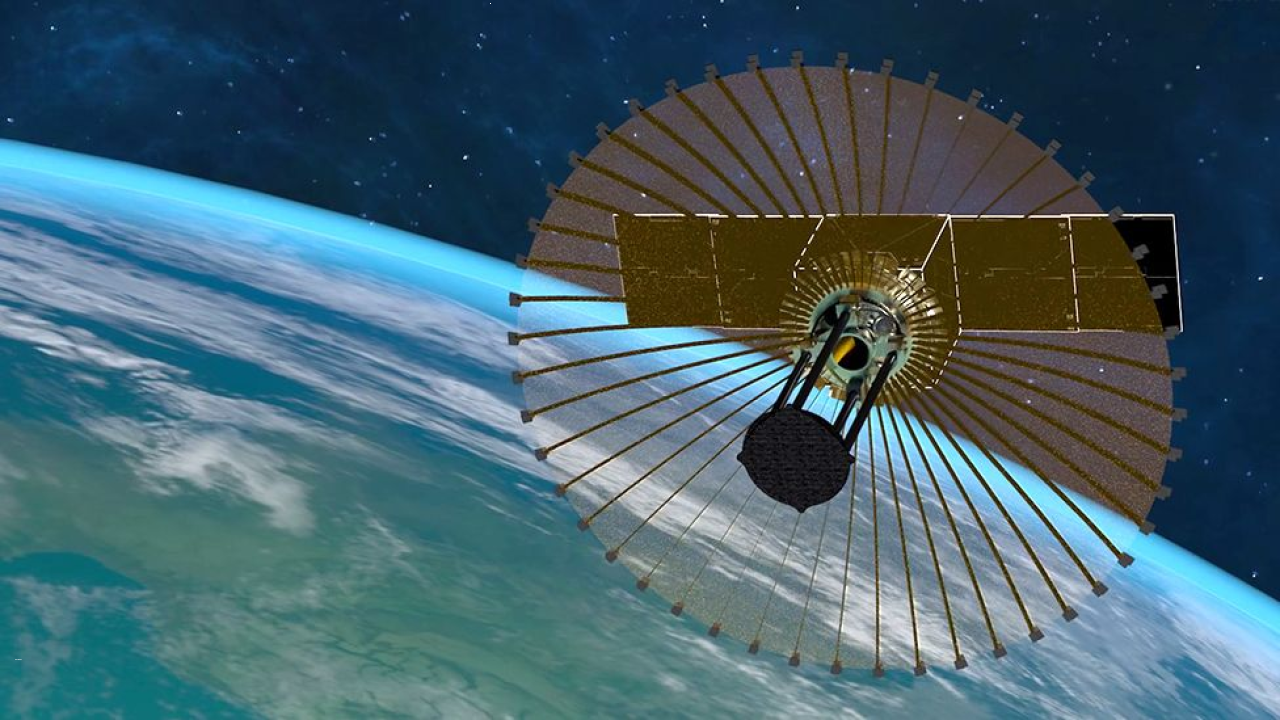CarbSar – Britain’s Spy Satellite
British companies Surrey Satellite Technology Limited and Oxford Space Systems are teaming up to launch a low-cost radar satellite next year. Called CarbSar, the satellite is designed to fill the gap in Britain’s spying capacity.
Importance of CarbSar
The Ukraine crisis has demonstrated the importance of such technologies, which have been utilized for monitoring Russian locations. Yet, Britain lacks its own system, making it the only permanent member of the UN Security Council without one. The launch of the CarbSar will address this problem.
Radar technology to see through clouds
The satellite will use radar technology to see through clouds, making it more efficient in monitoring targets. It will have the ability to see through clouds and work at night, which will make it more efficient in monitoring targets round-the-clock.
OSS’s knitted tungsten wire mesh antenna
CarbSar’s deployable antenna/reflector will be supplied by Oxford Space Systems. The antenna features a knitted tungsten wire mesh that will be folded tightly for launch and then expand in orbit to form an umbrella-like shape that is 3 meters wide. The satellite will use this antenna/reflector to capture images of the ground. The mesh is produced using an industrial knitting machine that is operated by a former fashion lecturer from Denmark.
Funding for CarbSar
The National Security Strategic Investment Fund has provided some of the funding for the CarbSar project, which supports potential technologies that could be used for national security and defense. The government is interested in the capabilities of the knitted satellites and the success of the CarbSar pathfinder could position the two British companies well to secure future contracts for operational spacecraft for both civil and military purposes from the UK government.
Precision is important
The mesh has to adhere to stringent requirements when it is stretched taut. To achieve the intended outcome, the mesh needs to be created with specific precision. Carbon-composite rods connect the gold-plated tungsten mesh, which can be wrapped around a central hub in a radial direction. The structure is called a “wrapped rib” design, and the strain energy in these rods will naturally want to jump back into their straightened configuration, pulling the mesh into position in the process. The UK has talked for some years about having a network of radar satellites, and CarbSar is a step in that direction.
Month: Current Affairs - May, 2023
Category: International / World Current Affairs


